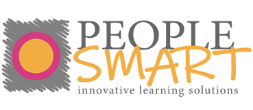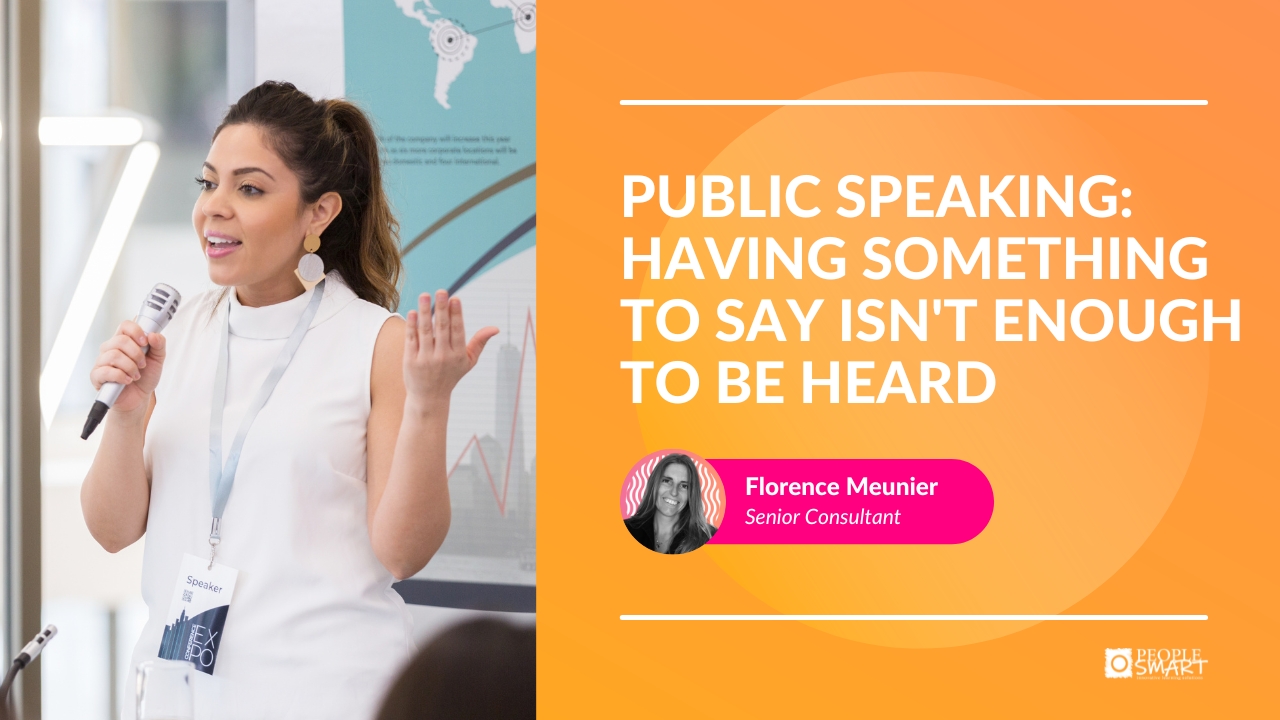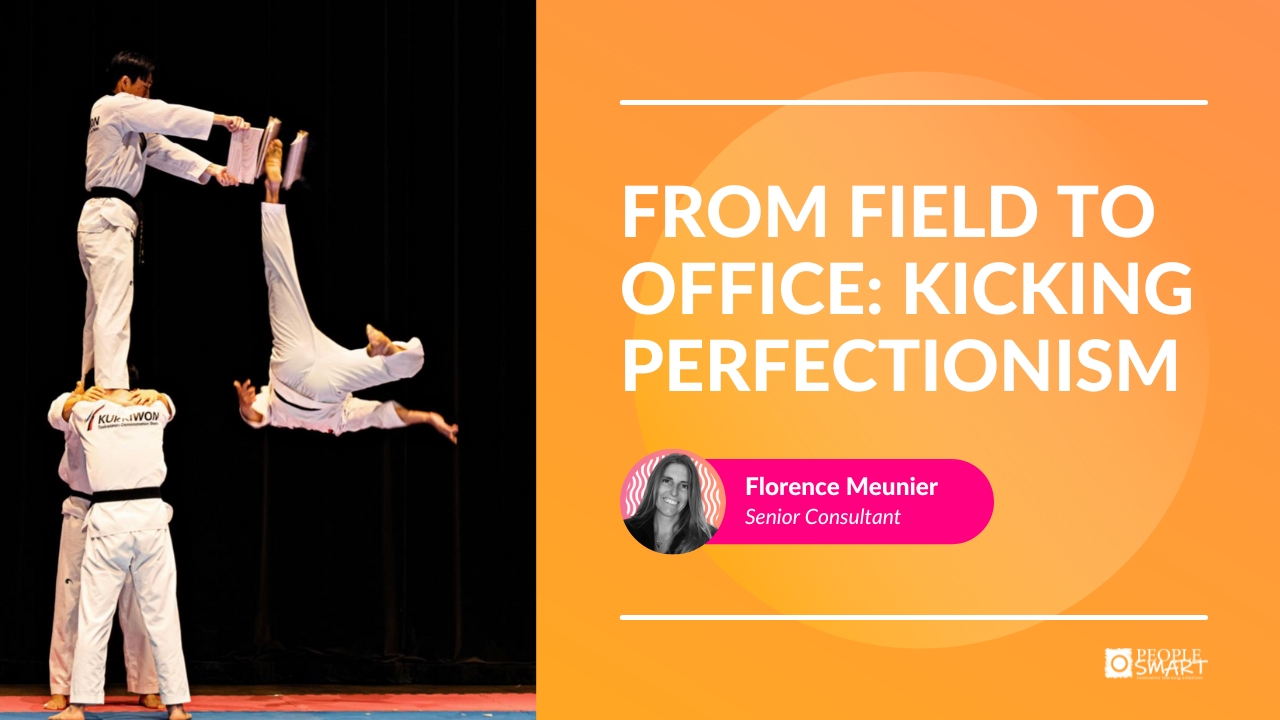What does ‘life balance’ mean to you?
The definition of ‘life balance’ is entirely personal – it is founded on each individual’s values, experiences and relationships; shaped by their current situation, their hopes and aspirations and strengthened by their feelings of stability, confidence and optimism.
Now could be the ideal time to take stock. A great starting point is to get an understanding of what it is you hold to be fundamentally important. Once you are clear about that, you can work towards establishing firm anchor points and make some decisions about planning and implementing what you want to achieve as your journey into the future.
- On reflection, were you ‘in balance’ before the Covid-19 pandemic?
- Are you more, or less, ‘in balance’ now? What can you learn from this?
- What will being ‘in balance’ look like for you in the future?
As you begin to explore this, you will realise that there may be some tough decisions to be made, especially if you need to let go of aspects of the past in order to move forward …. and, if you decide that the pain of change is not worth the gain you may choose to adjust your plan or to do nothing. But that is healthy too! Making a positive decision to do nothing means that you can forget about the things that you are not prepared to address and move on to deal with the things that you are.
To achieve life balance, we can trust to luck, leave our destiny in the hands of others in the hope that they will have our best interests at heart, (which experience tells us is possibly not the case!) – or we can take a full part in driving the process – making it more likely that our lives will feel in control and we will feel fulfilled and stress free.
Use ‘The Life Balance Wheel’ below to score where you are under each heading at the moment. If the headings that we have selected aren’t quite right for you – change them!
What do your scores tell you?
- Are you working harder or pursuing some things to the detriment of others?
- Where and how would you most like to adjust your scores? Is that realistic?
- How can you go about doing that? What support will you need? What is the first step? When will you start?
What does ‘life balance’ mean to you?
Being ‘in balance’ is closely linked to having a sense of achievement – the feeling of somehow ‘making progress’. This can be given shape and definition by creating, and then achieving, clear goals. Why not allow yourself some time and space to think through your goals, perhaps using one of the methodologies outlined below?
Goal Setting – Method 1: Using the Life Balance Wheel
| Phase 1, Step 1: | Review the scores that you gave yourself in each section of ‘The Life Balance Wheel’ |
| Phase 1, Step 2: | Using a pack of stickies, brainstorm (one idea per sticky) what you would like to achieve under each of the section headings on the wheel. Try to get at least 3 ideas per section. |
| Phase 1, Step 3: | Divide a large sheet of paper in half, horizontally. Label the top half: ‘Must have goals’ and the bottom half: ‘Nice to have goals’. Transfer your stickies onto the paper, placing them either above or below the line, looking for clusters, sequences and any other links as you go. Add new stickies whenever they seem appropriate and discard those that seem to be less important to you, as you progress the exercise. |
| Phase 2, Step 1: | On a separate piece of paper, create a timeline stretching between 5 and 10 years ahead – (use whatever scale seems appropriate to you). Transfer your goals one at a time, so that you can see by when you would like to have achieved each one. Notice how they inter-connect and how achieving one, may help or hinder achieving another. |
Apply SMART thinking to each goal
| SSpecific | Make the words of your goal as specific as possible, basing it on specific actions and definite results. This will make it easier to measure your progress, to re-plan and to measure success. |
| MMeasurable | Ask yourself: • ‘What will be different as a result of achieving this objective?’ • ‘How will I know that I have achieved it?’ • ‘When will I know that I have achieved it?’ These three questions will enable you to achieve clarity and ensure that relevant success factors are in place. |
| AAction-orientated | By choosing language carefully and giving an action focus to your goal description (‘To achieve…; To deliver…’), you can also ensure that you focus on being proactive. |
| RRealistic | The goals that you set must be grounded in reality. They should incorporate reasonable stretch – something that is within the reach of a successful performer, but which will still pull you forward. |
| TTime-bound | Establish a start date, milestones, review and a finishing date. This is an essential pre-requisite to tracking progress and evaluating performance. |
Use the checklist below to check that your goals are well set.
Question:
- Does this goal describe what you want in an accurate way?
- Where are you now in relation to the goal?
- When will you start working on the goal?
- What are the first steps?
- How will you know that you have achieved this goal?
- What will the outcome allow you to do?
- Is it really what you want? Is it achievable?
- What resources will you need?
- Will achieving this goal prevent you from doing anything else?
- What are the things (personal or external) that might stop you from achieving your goal?
- What do you need to do to overcome these obstacles?
Goal Setting – Method 2: Looking Back to Look Forward
The date is 5 years from today. It is June 2025 and you are about to move on from your current job, which you have been doing since 2020.
As it is your last day and as you begin to clear your workspace, think back over the last 5 years – way back to June 2020 and ask yourself:
- What has changed most about the way that I have organised myself overt the last five years?
- What have I contributed to the organisation or to my team? Where have I had most impact?
- What proactive business opportunities have I created or nurtured?
- What is the area of expertise that I am known for?
- What new skills have I learnt?
- What have I done that makes me most proud?
- Who have I worked with to the best effect?
- What are my colleagues likely to say about me when I have left? What is my reputation?
- What have I done to help my colleagues and peers to be successful?
Returning to the present day – how can you set yourself for success and make each of your answers (outlining how things will be in 2025 and which are really a list of aspirations), a reality?
Goal Setting – Method 3: The First 100 Days
Many politicians and business leaders think that their first 100 days in role are really important – so what about your next 100 days at work – or if you have been furloughed, in your first 100 days when you return to work?
Is your world certain and static? Think about your key areas of responsibility and decide what you would like to achieve in each one during these 100 days. In some areas you might simply be enforcing an existing strategy or attempting to use a different style or approach, whilst in others you will have the opportunity to bring about root and branch changes.
| Imagine if you took control of your own destiny, what might you be able to achieve in the next 100 days? |






